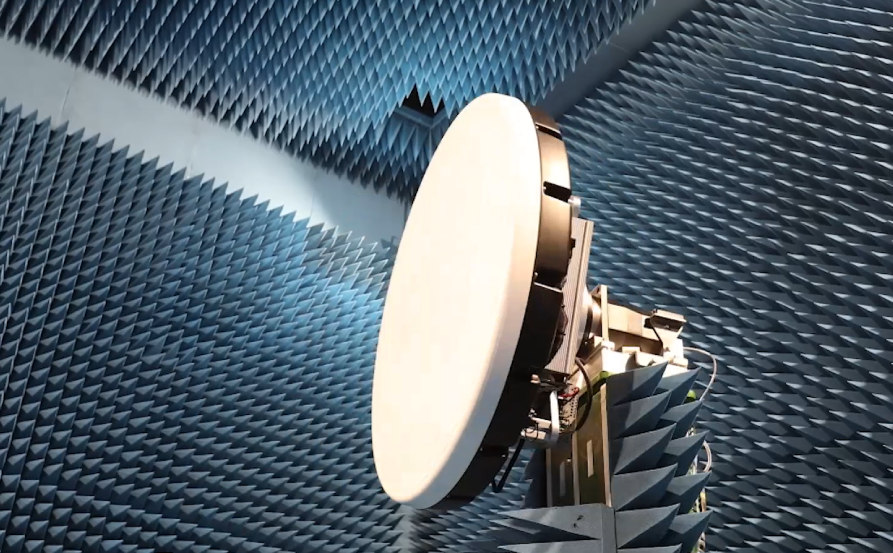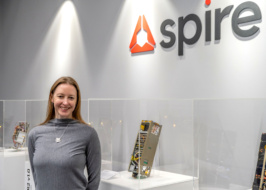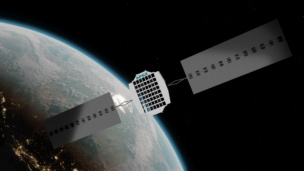Isotropic Systems has doubled in size over the last year, just recently signing its 130th hire, and expects to 2X again in the coming year, the British startup told Payload.
The Reading, UK-based company has created—and successfully field-tested—a potentially revolutionary technology: multi-beam, multi-link, and all-orbit satellite terminals.
Origin story
In 2013, Isotropic CEO and founder John Finney set out to “simply just do make-before-break connections,” Brian Billman, the company’s chief marketing officer, told Payload. Make-before-break = linking with a rising satellite on the horizon before terminating a connection with one that is moving out of sight.
Simple in theory, but not so simple in practice. Isotropic engineers and scientists spent years of R&D and tens of millions of dollars to get here. Isotropic had to work through bleeding-edge technology, difficult physics equations, and…Mother Nature.
- The short, non-PhD version of this story includes transformational optics, metamaterials, and negative refractive indexes…some of the same tech that could theoretically go into invisibility cloaks, Billman said.
- But, there’s always a but. “When you solve those equations, typically what you end up with is material that does not exist in nature [or] real life,” Billman said. “That can be a problem when you’re trying to carry a real product and sell it and make money.”
- Isotropic’s breakthrough, Billman said, was to pair transformational optics with common commercial manufacturing techniques and radiofrequency (RF) lenses that are “easily manufacturable, extremely low-loss, and extremely broadband.”
How about that timing?
Not only did Isotropic reach the make-before-break mecca, it also developed a way to “talk” with the birds in their various roosts. Satellites are increasingly migrating to NGSO (non-geostationary) homes in low, medium, and highly elliptical (LEO, MEO, HEO) Earth orbits. Big, traditional parabolic dishes won’t be able to fully tap all the new capacity that is coming online, Billman said. Isotropic’s pitch = the antenna will be able to leverage all those new constellations in new places, without any sacrifices in bandwidth, latency, and the like.
Going to market
Billman said multi-link, multi-orbit capabilities offer sizable boosts in throughput, efficiency, and resiliency. Use cases range from cellular backhaul to in-flight connectivity to bolting terminals onto special operation forces’ tactical vehicles.
While Isotropic aims to sell into multiple markets, it’s currently feeling the strongest pull from government customers, who place a premium on resiliency and aren’t as price-sensitive. Billman said multiple military and government customers have said: “Look, as soon as that is out from your production line, I don’t even want to demo and trial it. I want to get it out in the field.”
- Production terminals are sold out for the rest of 2022, and the backlog is starting to stretch well into 2023.
- Billman wouldn’t divulge any specifics on pricing, so as to not tip off the competition. But it’s safe to assume Isotropic’s antennas, which are split among multiple product lines, aren’t retailing for the price of Starlink’s Dishy.
What next? Isotropic is going after a huge market and pitching itself as the ground infrastructure provider for the 2020s. The next big hurdle, it seems, will be reaching volume production and starting to accommodate the “insatiable demand.” And…finding talent. As it grows, Isotropic’s recruiting efforts are focused on manufacturing and software development roles.




